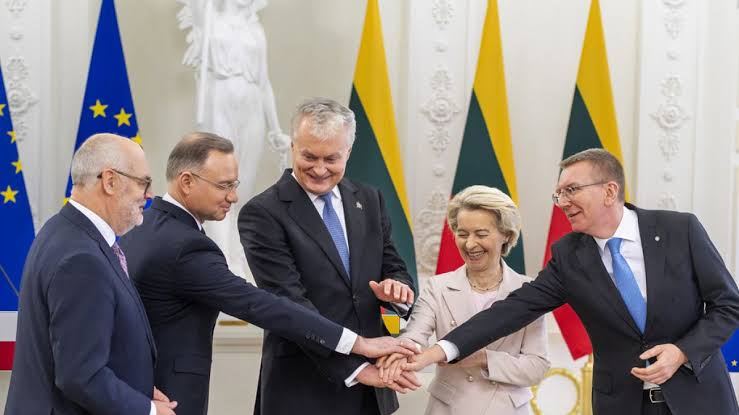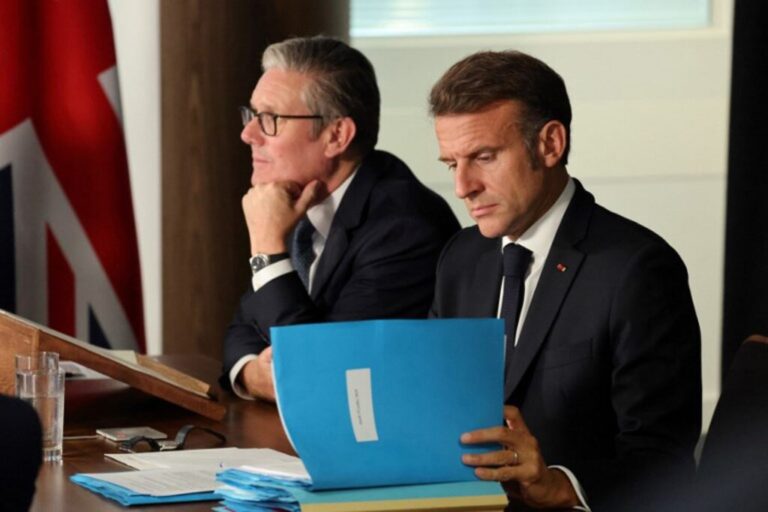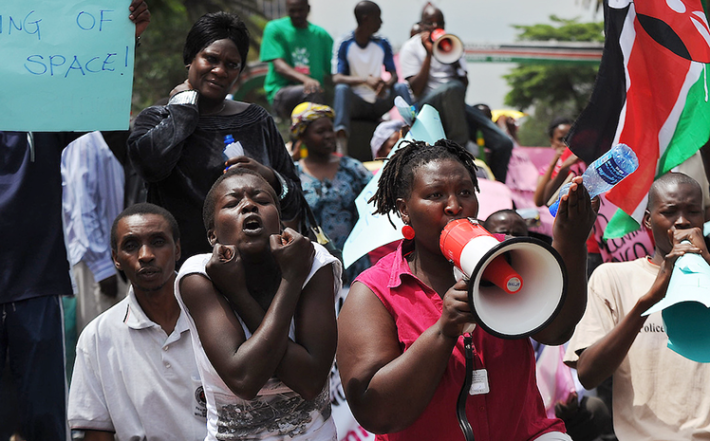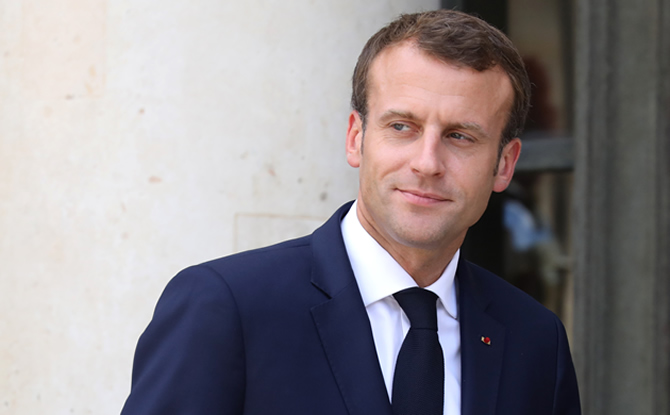
Latvia, Estonia, and Lithuania officially integrated into the European electricity system on Sunday, marking a significant milestone in their historical journey away from dependence on Russian energy sources.
“We did it!” exclaimed Edgars Rinkēvičs, the President of Latvia, in a post on X.
This development comes over thirty years after the dissolution of the Soviet Union, effectively severing the last energy ties the Baltic states had with resource-rich Russia. The transition holds profound geopolitical and symbolic importance for these nations and the broader European community.
On Saturday, the last remaining transmission lines connecting the Baltic states to Russia, Belarus, and the Russian exclave of Kaliningrad were systematically deactivated. Lithuania initiated the process, featuring a specially designed 9-meter tall countdown clock in Vilnius that marked the final moments before disconnection, followed shortly by Latvia and then Estonia.
European Commission President Ursula von der Leyen, along with the presidents of Poland and the Baltic nations, attended a ceremony in Vilnius on Sunday evening, joined by various dignitaries.
Since gaining independence from the USSR in 1990, the Baltic countries, all NATO members, have experienced strained relations with Russia, which deteriorated further following Russia’s full-scale invasion of Ukraine in 2022.
In recent years, sixteen power lines that previously linked the Baltic states with Russia and Belarus have been dismantled to facilitate the establishment of a new grid that connects them to the rest of the European Union, including underwater cables in the Baltic Sea.
The three Baltic nations, which share a combined border of 1,633 kilometers with Russia and Belarus, notified Moscow and Minsk of their disconnection plans in 2024 to mitigate any potential hostile responses.



